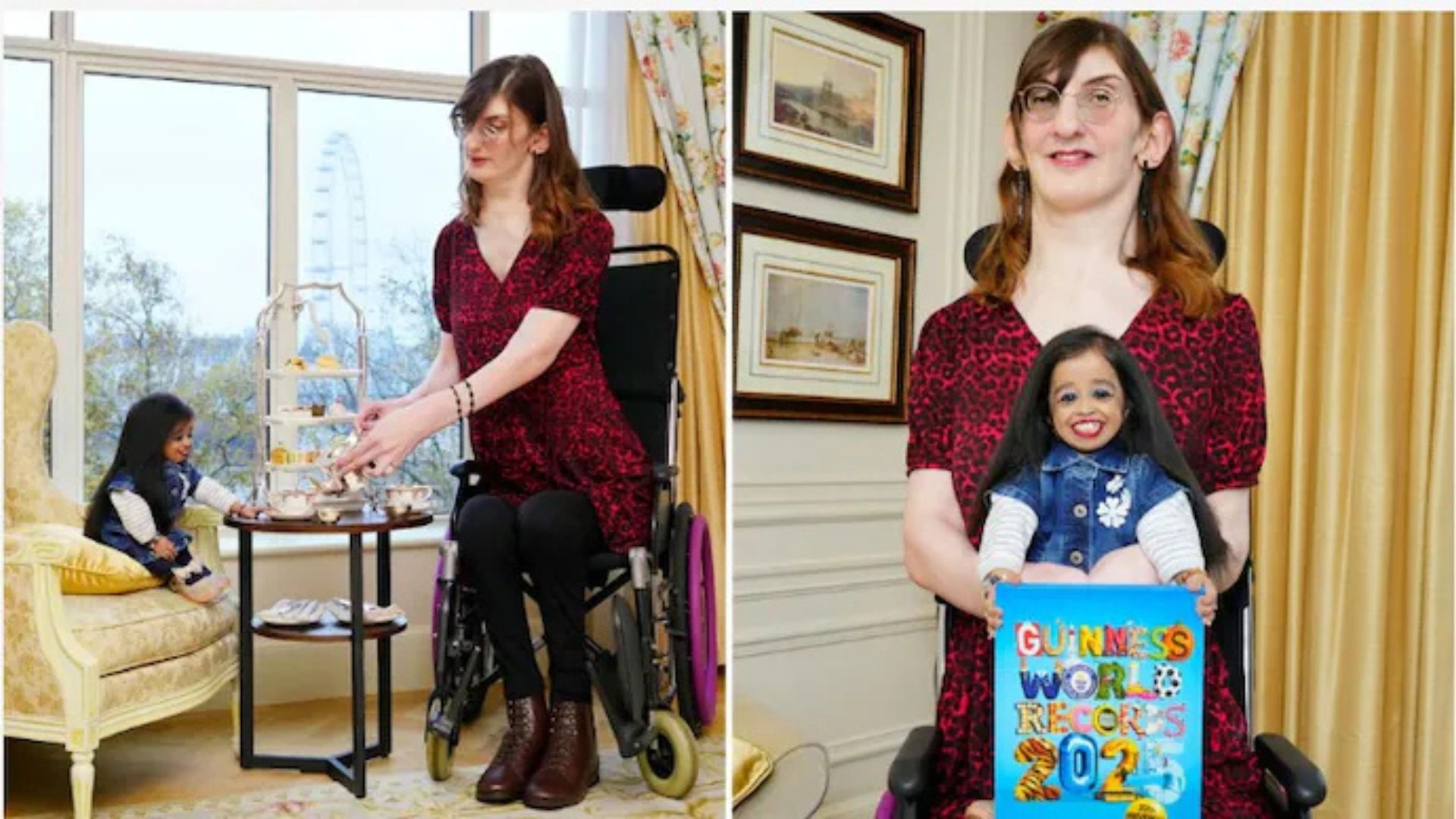
The struggles of women against patriarchy and gender bias to find acceptance in the workplace has their roots deep in history but are eventually changing in significant sections of society. However, with gender equality making strides in the workplace, women in leadership roles still skirmish scrutiny than their counterparts because of societal expectations and stereotypes. Today, women have made enormous strides in several formerly male-dominated industries and excelling in leadership roles. Even though they exclaim to work twice as hard to earn the same respect as men, they have succeeded in doing their bit, challenging and changing the orthodox world into a budding new opportunity for the future Gen Z.
There are abundant qualified women to fill leadership roles, with women making up half of the U.S. labour force. Moreover, women today outnumber men in earning degrees and are almost on par in getting medical and legal degrees. Yet from corporate boardrooms to political parties, non-profit organisations to universities, healthcare institutions to the Judicial courts, men are more likely to rise to high-paying and prestigious leadership roles than women. Despite being colossally outnumbered by men for these positions, women are being hailed and elevated to top leadership positions with their sheer compassion and dedication. But the ratio still needs to be worked higher for these positions in work offices.
The importance of women aiming high without
self-doubt
The famous Hewlett-Packard study on internal hiring states that women apply for jobs only when they feel a complete fit, meeting 100% of the criteria, unlike men. As a result, women subconsciously believe they are not eligible for the position and won’t be considered if they don’t meet the job criteria exactly. This notion needs to be changed, with women opting for job positions that resonate with their skill sets and experiences. They need to leave their comfort zone and prove their merit.
The primary reason behind this subconscious notion is that ‘women have always been socialised to be perfect, to play safe, simple with perfection.’ Even when women are ambitious, the conditioning of perfection leads them to avoid risks and settle for less.
The only way for the women is to force themselves out of such an environment to recognise their fears, challenge them, work arduously and come out with flying colours. However, if one is too rigid, she might lose one of those fortuitous events which would drive her to devise a unique solution or adopt an alternative strategy.
With a positive mind and strong will, the women have embarked on a journey to explore and accomplish, leaving their comfort zone far behind.
Fight for the mindset of equality.
Various research institutions and bureaus that analysed the part-time and full-time work wage data declared that women earned 83% of what men earned.
Whether it was a salary disagreement, a missed opportunity for promotion, or nasty remarks from coworkers, many women have encountered the impacts of the gender gap in their careers. However, it was the storyline from the passe, although it is still prevalent in certain sections of society worldwide.
Even if the work environment encouraged equality, it wasn’t strange to encounter subtle discrimination because of gender in its initial phase.
Many experts considered and advised women to stand on the ground for their rights and remain steadfast and optimistic. And so did the lasses of the yesteryears, who laid the building blocks for equality. However, acknowledging the need for change is essential by encouraging everyone not to let perceived prejudices rule the day.
Barriers to women in leadership
Women still encounter resistance despite advancements in the direction of gender equality.
There are still many impediments for women in leadership, including the following obstacles, that are being addressed rightfully:
• Stereotypes
The characteristics of a successful leader are frequently viewed as masculine since male leadership has traditionally predominated in most businesses. Some individuals may believe that some specific roles and industries are usually female and others historically male. When women displayed conventional leadership traits, they were perceived negatively, and if women didn’t, they were judged unfit for the position. With consistent efforts, things have taken a positive turn for women in the corporate world.
• Discrimination
Biases that favour males can create toxic work conditions for women are still a concern. Promotions denied to women encountering sexual harassment, workplace harassment, and other unprofessional conduct though still very much part of the corporate or leadership culture, does not limit to a single gender. Gender equality has been seen flourishing in this context.
• Lack of networking opportunities
While bias is becoming less pervasive in the workplace, it can still make networking difficult for women. As a result, there are opportunities, though limited in numbers, for mentoring or plans to assist women in assuming leadership roles. Various educational and mentoring programs have been initiated by the respective industry players and Government to counter the lack of opportunity,
• No work-life balance
The support women required to balance work efficiently and everything else was limited by antiquated views about men’s and women’s domestic roles. As a result, people erroneously assumed that women couldn’t devote the time and effort necessary to lead. But women strived daily and continued to disprove this stereotyped and many others. Just as the status quo was holding men back from embracing caretaking and support roles, it was holding women back from leadership positions.
Today men are comfortable sharing the workload of the domestic chores and doing their share. Similarly, women are open to stepping out of their comfort corners and diligently participating in the world outside their domestic peripherals.
Everyone benefits when they are free to make their own decisions, regardless of gender. In addition, when women take on higher-paying leadership positions, especially in households where the woman is the primary breadwinner, families are more secure. Businesses benefit from the ingenuity of a wider spectrum of talented leaders when there are more women in senior positions, allowing them to recruit and retain a more competent workforce.

The author is a Co-founder & Director, PRtainment Media & Communications Pvt. Ltd.















